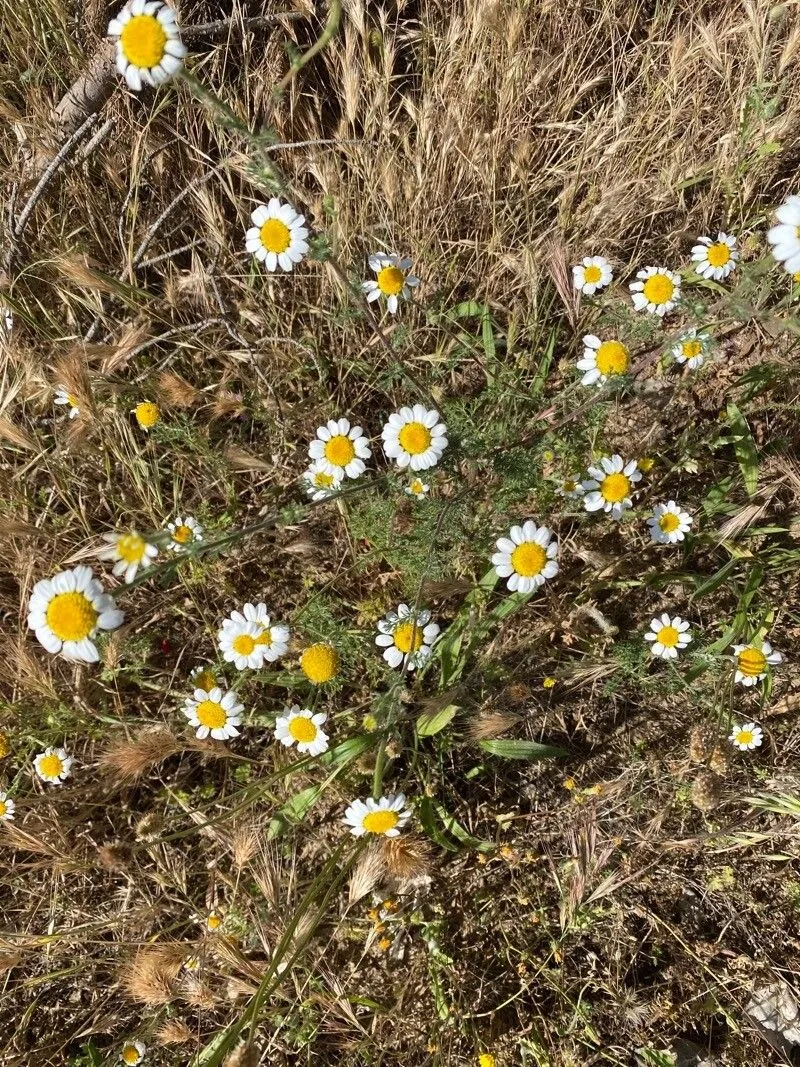
Author: M.Bieb.
Bibliography: Fl. Taur.-Caucas. 2: 330 (1808)
Year: 1808
Status: accepted
Rank: species
Genus: Anthemis
Vegetable: Unknown
Observations: Europe to Caucasus
Eastern chamomile, scientifically known as Anthemis ruthenica, is a perennial herb recognized for its medicinal and ornamental attributes. Described first in 1808 by the botanist Friedrich August Marschall von Bieberstein, this plant is part of the diverse Asteraceae family, a group notable for their daisy-like blooms.
Native to a broad region stretching from Europe to the Caucasus, Eastern chamomile thrives in a variety of climates and soils. This adaptability makes it a robust and prevalent species within its native range. The plant is characterized by its finely divided, aromatic leaves and bright white flowers with a distinctive yellow central disc. These blooms typically appear in the summer months, creating a visually stunning contrast against its green foliage.
Eastern chamomile has long been valued for its therapeutic properties. Like its relative, the common chamomile, it is often used in traditional medicine and herbal remedies. The essential oils extracted from its flowers are believed to have anti-inflammatory and antiseptic benefits, making it a popular choice for infusions, teas, and topical treatments.
In addition to its practical uses, Eastern chamomile is appreciated for its aesthetic appeal, making it a favored choice for garden enthusiasts. Its delicate flowers and hardy nature ensure it can complement a variety of garden designs, from wildflower meadows to structured herbaceous borders.
Overall, Anthemis ruthenica embodies the dual charm of functionality and beauty, affirming its place both in nature and in cultivated settings. Whether admired for its botanical interest, enjoyed for its health benefits, or utilized in gardening, Eastern chamomile continues to be a plant of considerable relevance and allure.
Isl: dagstjarna
Lav: krievijas ilzīte, krievzemes ilzīte
Dan: nat-limurt, russisk gåseurt
Swe: nattglim, ryssglim, rödblära, kaakonsauramo, rysskulla
Nor: nattsmelle, rød jonsokblom
Fin: puna-ailakki, yöailakki, kaakonsauramo
Pol: rumian ruski
Lit: rusinis bobramunis
Deu: ruthenische hundskamille
Nno: vranggåseblom
Nob: vranggåseblom
Eng: eastern chamomile
Sme: ruoššačehpor
En: Eastern Chamomile
Da: Nat-Limurt, Russisk gåseurt
Fi: Puna-ailakki, Yöailakki, Kaakonsauramo
Fr: Anthémis de Russie
De: Ruthenische Hundskamille, Russische Hundskamille
Is: Dagstjarna
Lv: Krievijas ilzīte, Krievzemes ilzīte
Lt: Rusinis bobramunis
Se: Ruoššačehpor
No: Nattsmelle, Rød jonsokblom
Nb: Vranggåseblom
Nn: Vranggåseblom
Pl: Rumian ruski
Sv: Nattglim, Ryssglim, Rödblära, Kaakonsauramo, Rysskulla
Taken May 17, 2021 by Udo Herkommer (cc-by-sa)
Taken Apr 23, 2022 by Steve Orridge (cc-by-sa)
Taken May 12, 2022 by Paweł Michalski (cc-by-sa)
Taken May 25, 2022 by Iturralde Garrido (cc-by-sa)
© copyright of the Board of Trustees of the Royal Botanic Gardens, Kew.
© copyright of the Board of Trustees of the Royal Botanic Gardens, Kew.
© copyright of the Board of Trustees of the Royal Botanic Gardens, Kew.
Family: Myrtaceae Author: (F.Muell.) K.D.Hill & L.A.S.Johnson Bibliography: Telopea 6: 402 (1995) Year: 1995 Status:…
Family: Rubiaceae Author: Pierre ex A.Froehner Bibliography: Notizbl. Bot. Gart. Berlin-Dahlem 1: 237 (1897) Year:…
Family: Sapindaceae Author: Koidz. Bibliography: J. Coll. Sci. Imp. Univ. Tokyo 32(1): 38 (1911) Year:…
Family: Asteraceae Author: A.Gray Bibliography: Pacif. Railr. Rep.: 107 (1857) Year: 1857 Status: accepted Rank:…
Family: Fabaceae Author: Medik. Bibliography: Vorles. Churpfälz. Phys.-Ökon. Ges. 2: 398 (1787) Year: 1787 Status:…
Family: Aspleniaceae Author: (Cav.) Alston Bibliography: Bull. Misc. Inform. Kew 1932: 309 (1932) Year: 1932…